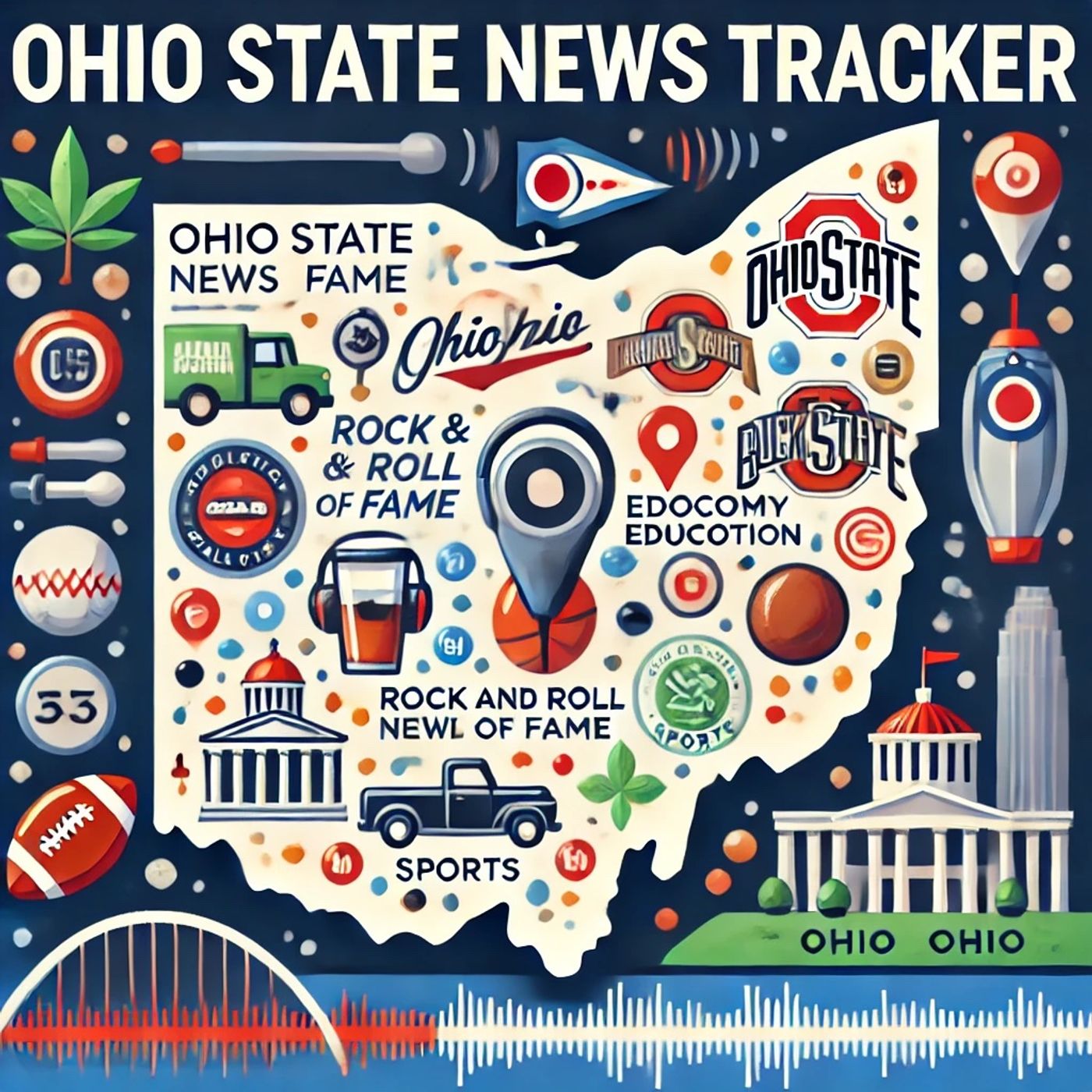Jan 25 2025 2 mins
Ohio is poised for a transformative year in 2025, with significant developments across various sectors.
In politics, Governor Mike DeWine is set to make a crucial appointment to the U.S. Senate, replacing JD Vance as he resigns to become vice president. DeWine has emphasized the need for someone who can not only win the primary and general elections in 2026 but also hold onto the seat in 2028[1].
The state legislature has also been active, with the 136th General Assembly adopting new rules and delegating authority to prepare arguments for constitutional amendments[5]. Key sponsors include Rep. Gayle Manning and Sen. Bill Reineke, who have introduced multiple bills.
On the economic front, Ohio is experiencing a surge in new business openings and expansions. Notable developments include Lake Shore Cryotronics adding 36 jobs in Westerville and Ohio Steel Industries creating 52 jobs in Delaware. Wawa, the convenience store chain, is entering Ohio with plans to open 60 locations over the next decade, creating approximately 35 permanent jobs per location[2].
Infrastructure projects are also underway, with the Opus Group building a 250,829-square-foot industrial space in Marysville and significant investments in state parks and cabins. The state is bolstering its economy through targeted grants and incentives, such as the JobsOhio Inclusion Grant and the Ohio Job Creation Tax Credit[2].
In community news, education and public safety remain key focus areas. Governor DeWine has emphasized the importance of safe travel during winter months, especially following the first winter storm of 2025, which brought significant snow and freezing rain to southern Ohio[3].
Looking Ahead, Ohio is set to host several events in 2025, including the Small Business Expo and TECHSPO, which will provide networking opportunities and insights into emerging industries. The state's focus on education, infrastructure, and inclusivity ensures a bright future for businesses and residents alike. As the year progresses, developments in the U.S. Senate appointment and state legislative actions will continue to shape Ohio's political landscape.
In politics, Governor Mike DeWine is set to make a crucial appointment to the U.S. Senate, replacing JD Vance as he resigns to become vice president. DeWine has emphasized the need for someone who can not only win the primary and general elections in 2026 but also hold onto the seat in 2028[1].
The state legislature has also been active, with the 136th General Assembly adopting new rules and delegating authority to prepare arguments for constitutional amendments[5]. Key sponsors include Rep. Gayle Manning and Sen. Bill Reineke, who have introduced multiple bills.
On the economic front, Ohio is experiencing a surge in new business openings and expansions. Notable developments include Lake Shore Cryotronics adding 36 jobs in Westerville and Ohio Steel Industries creating 52 jobs in Delaware. Wawa, the convenience store chain, is entering Ohio with plans to open 60 locations over the next decade, creating approximately 35 permanent jobs per location[2].
Infrastructure projects are also underway, with the Opus Group building a 250,829-square-foot industrial space in Marysville and significant investments in state parks and cabins. The state is bolstering its economy through targeted grants and incentives, such as the JobsOhio Inclusion Grant and the Ohio Job Creation Tax Credit[2].
In community news, education and public safety remain key focus areas. Governor DeWine has emphasized the importance of safe travel during winter months, especially following the first winter storm of 2025, which brought significant snow and freezing rain to southern Ohio[3].
Looking Ahead, Ohio is set to host several events in 2025, including the Small Business Expo and TECHSPO, which will provide networking opportunities and insights into emerging industries. The state's focus on education, infrastructure, and inclusivity ensures a bright future for businesses and residents alike. As the year progresses, developments in the U.S. Senate appointment and state legislative actions will continue to shape Ohio's political landscape.
